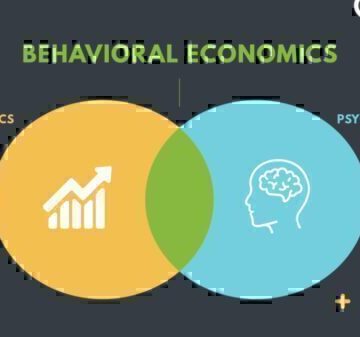As the COVID-19 crisis continues, a December 2020 federal bill awards an additional stimulus check to eligible Americans.
The bill includes restarting a $300 boost to the federal unemployment insurance benefit, extending eviction moratoriums for renters by a month and a $600 direct payment to most Americans, according to the 5,600 page text of the bill.
The payment is available to individuals earning up to $75,000 per year and to couples earning up to $150,000.
If you still haven’t received the previous April 2020 stimulus payment or only got part of it, you can claim what is known as a “recovery rebate credit” when you file your 2020 tax return.
The Internal Revenue Service has a page on its website that explains the details.
The guide helps you understand if you are eligible in these cases:
- If you haven’t filed federal taxes or have no income
- If you don’t have a bank account or a pre-paid debit card
- If you have moved since you last filed taxes
- If you receive Social Security Benefits
- If you’ve already filed taxes and are signed up for direct deposit
The informative guide includes an FAQ section for understanding important info, including:
- Who is eligible to receive a stimulus check?
- How will the IRS determine income for the stimulus payment?
- How much money you will receive.
- Will the stimulus money be considered income that has to be claimed on taxes?
- How will you get the stimulus payment?
- The stimulus check’s impact on other benefits or if debts are owed to other agencies.
This content was shared by the University of Michigan Poverty Solutions and Civilla. These organizations are committed to ensuring that people have access to COVID-19 stimulus payments. We are grateful for their contribution and believe we can do more when we work together.










